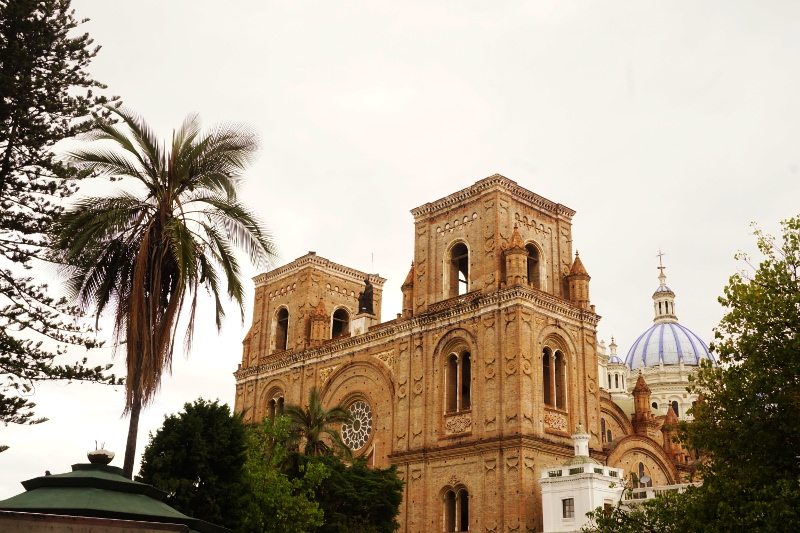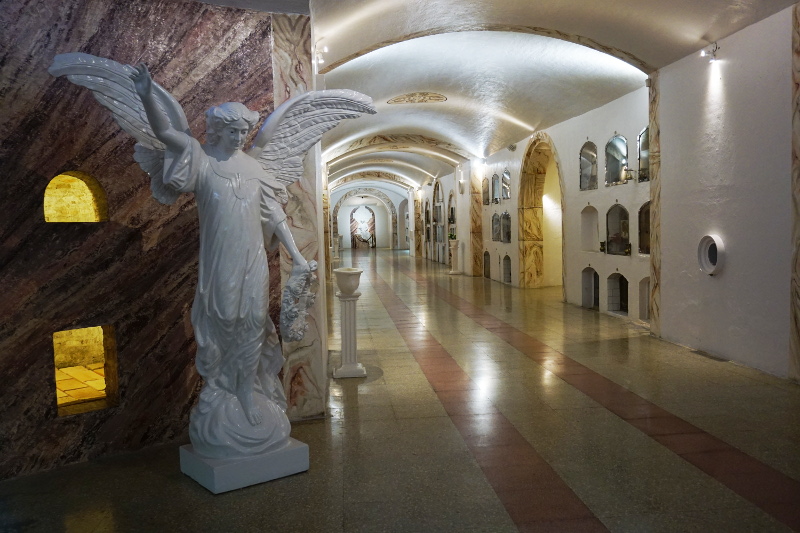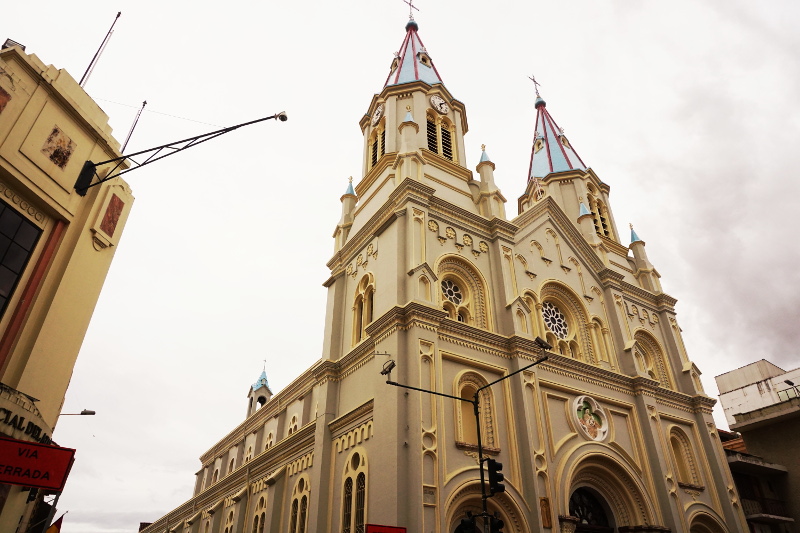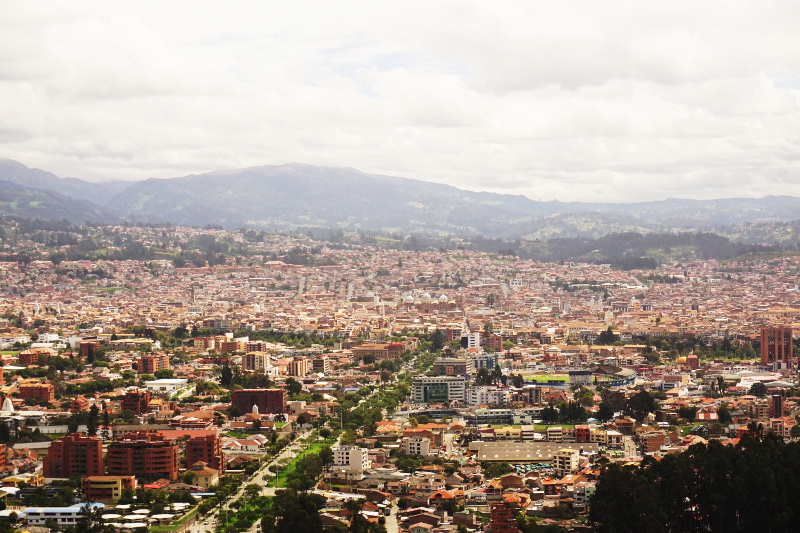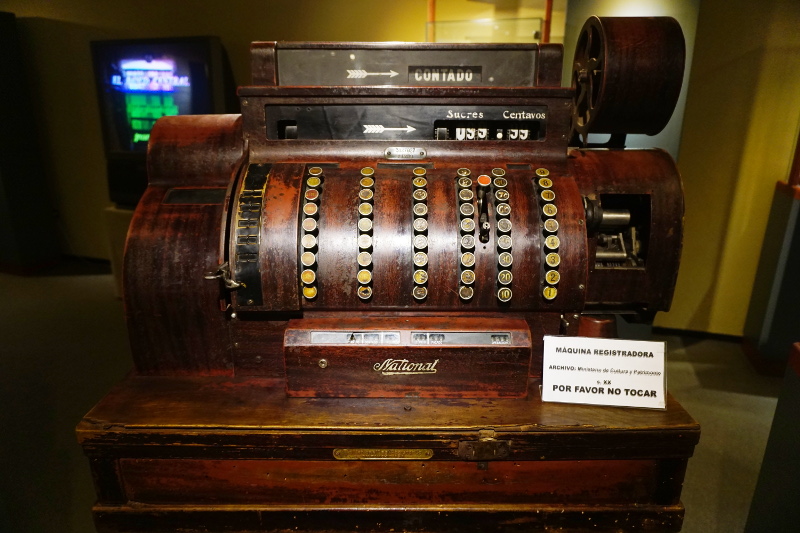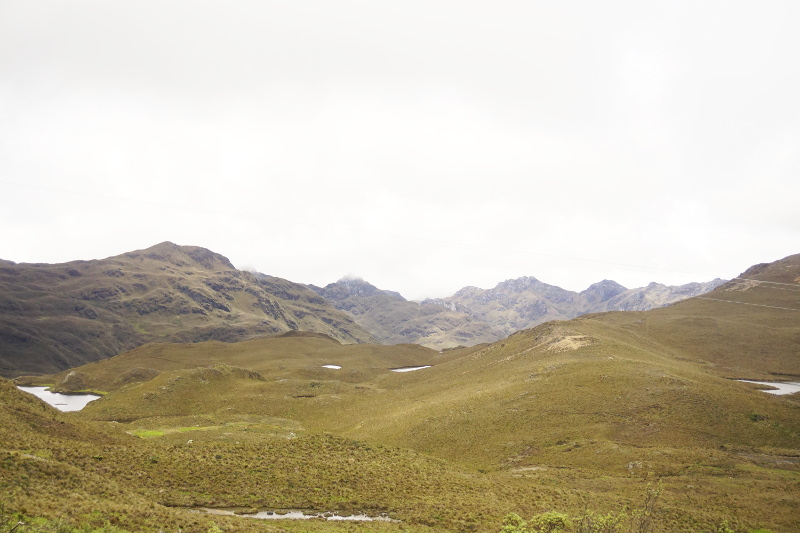We heard about the charm of Cuenca from various travelers and we had to see it for ourselves. It took us a while to get there but we were eventually able to see what the travelers meant.
Getting There
Cuenca is in the south of Ecuador in the mountainous Sierra region. At Quito, we were told that it takes 8 hours to get to Cuenca but it took 10 hours to get there mostly due to the mountainous roads and accidents. It cost around $10 to get there from Quito.
Cuenca City Center
Cuenca is famous for churches and has 52 churches. It is possible for Cuencans to visit a different church every Sunday of the year. The Cathedral of Cuenca was a stunning brickwork building which is 60 metres high.
While the inside was incredible, we took a tour for $3 around the Cathedral. Our first stop was the crypt underneath the Cathedral where many of the members of Catholic Church were buried. It was a sombre experience but certainly an unexpected one. We walked around the cathedral many times without noticing a catacomb style entry to the crypt.
Following on, We then climbed up 60 metres to see the view from the top and it was mesmerizing for sure. Many photos and selfies later, we had to descend down back to the street for more church visits.
Bus Tour of Cuenca
We have generally stayed away from bus tours in South America but Cuenca was an exception. The bus tour was cheap at $8 and the ticket was valid all day for the 2 bus tours (North & South). The bus initially went through the old city of Cuenca. Apart from the Churches, the building architecture was brilliant too. Cuenca had kept its old buildings with their white walls and coloured windows. The architecture was a bit more rustic than Quito but was still beautiful. There was a higher use of brickwork facades than anywhere in South America.
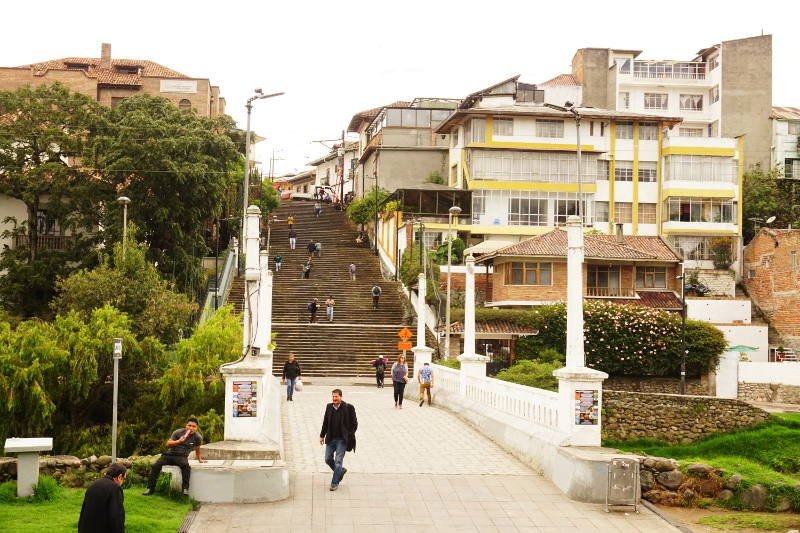
Museum
During the bus tour, we noticed a ruin in Pumapungo area of the city. That was part of the Bank of Ecuador museum. The entry was free and the museum was several levels. The museum contained the monetary history of Ecuador’s independence to its current use of the US dollar as its currency.
Lazy Day
The Amazon while providing a lot of stress-relief (travelers stress) also made us tired due to the continues activities. The last day of Cuenca we were meant to visit Cajas National Park but let it go for blogging and work on videos. We had bought a laptop in Cuenca and this was the perfect opportunity to set it up and get blog posts out.
Food and Drinks
While we mostly cooked at home, we did have a night of eating and drinking out. We found a restaurant offering a Thai and Vietnamese dish and ordered both. Both were incredibly spicy but we loved it as we have been missing hot food in South America. We also tried Canelazo, an alcohol made from sugarcane juice, which is served hot and is tasty.
Final Word
While we have seen enough colonial buildings now in South America, it was the combination of the architecture, religious buildings and the surroundings that make Cuenca so charming. Likewise, though we were not able to visit it, our bus to Guayaquil went through Cajas National Park and it is an awesome place for day trips and camping.
Finally for the foodies, Cuenca is a great place as apart from the Cuencan cuisine, the retirees and the expats have brought many cuisines to Cuenca. A great visit for 3-4 days.
